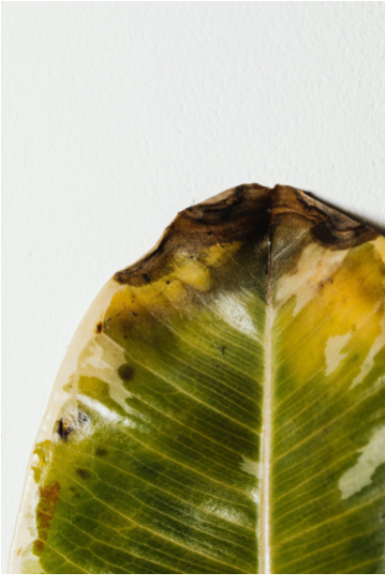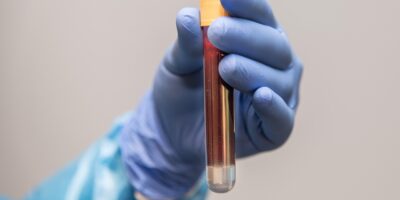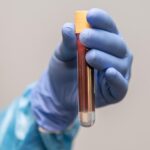Scientists have found new evidence that the bacteria Ralstonia pseudosolanacearum, a plant pathogen, is able to adapt to its environment without directly altering its DNA. This process is called epigenetic, or non-genetic, variation. Many past studies have proposed the existence of this kind of adaptation using theoretical models, but this is the first direct test showing a connection between bacterial epigenetic changes and adaptation. These findings mark a significant advancement in the field of biotechnology with promising applications for agriculture.
It is generally agreed that adaptations in organisms are caused by beneficial genetic mutations, which are random “mistakes” that are passed down through generations and become common in a population through natural selection. However, genetic mutations alone have not been able to fully explain the rapid adaptation observed in some organisms. In this study, researchers tested how DNA methylation, a type of epigenetic modification in which a methyl group (CH3) is added to adenine or cytosine bases in a chemical reaction, can influence gene expression in R. pseudosolanacearum by contributing in effectively “switching” certain genes on or off. This study provides strong evidence that the pathogen uses epigenetic variation as a survival mechanism, allowing it to quickly and effectively modify itself to be better suited for its new environment and potentially pass this adaptation to future generations without altering its genetic code.
To investigate this, researchers conducted experiments on 31 R. pseudosolanacearum clones using SMRT-seq technology to analyse the genome and locate sites where methylation occurred. They identified 50 differentially methylated sites (DMSs) in a DNA motif known as GTWWAC, which is recognized by the protein responsible for adding methyl groups. Of the 39 genes associated with these DMSs, only RSp0338, which encodes the EpsR regulator protein, was directly linked to the pathogen’s ability to adapt to plant hosts. MSRE-qPCR technology was also used to identify two important methylation sites very close to the RSp0338 gene. By specifically modifying these sites through a technique called site-directed mutagenesis, the scientists confirmed that these methylation changes contributed to helping the bacteria adapt to different plant environments. To further understand how the pathogen adapts, researchers grew these bacterial clones across six different plant species in a laboratory setting. Over 300 generations, the pathogens were transferred between plant hosts to observe their adaptation over time. Later generations of the pathogen showed improved adaptation to the host plants compared to the original clones, despite minimal genetic mutations that would account for this change. Furthermore, DNA methylation that was observed early in the experiment remained stable for at least 100 generations, suggesting that these epigenetic changes contribute to rapid adaptation and may persist across multiple generations. This finding provides new insight into how R. pseudosolanacearum has evaded agricultural control methods for so long.
R. pseudosolanacearum is notorious in agriculture for causing lethal wilt disease in over 250 plant species, including economically valuable crops like tomatoes, potatoes, and bananas. Its ability to adapt quickly and effectively to new environments, coupled with the lack of effective control methods, has posed significant challenges. As the first study to provide direct evidence of a bacteria adapting via epigenetic change, this research opens new avenues for understanding these adaptive processes, potentially leading to the development of more effective treatments against pathogenic diseases.
Journal article: Changes in DNA methylation contribute to rapid adaptation in bacterial plant pathogen evolution. – EBSCO
Featured image: Rotten Leaf in White Surface · Free Stock Photo (pexels.com)








